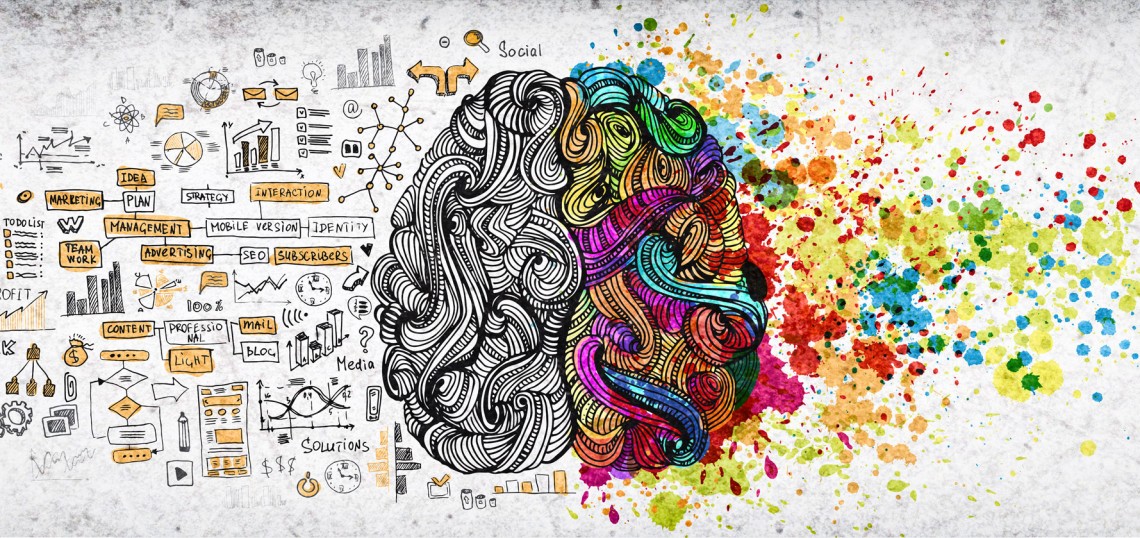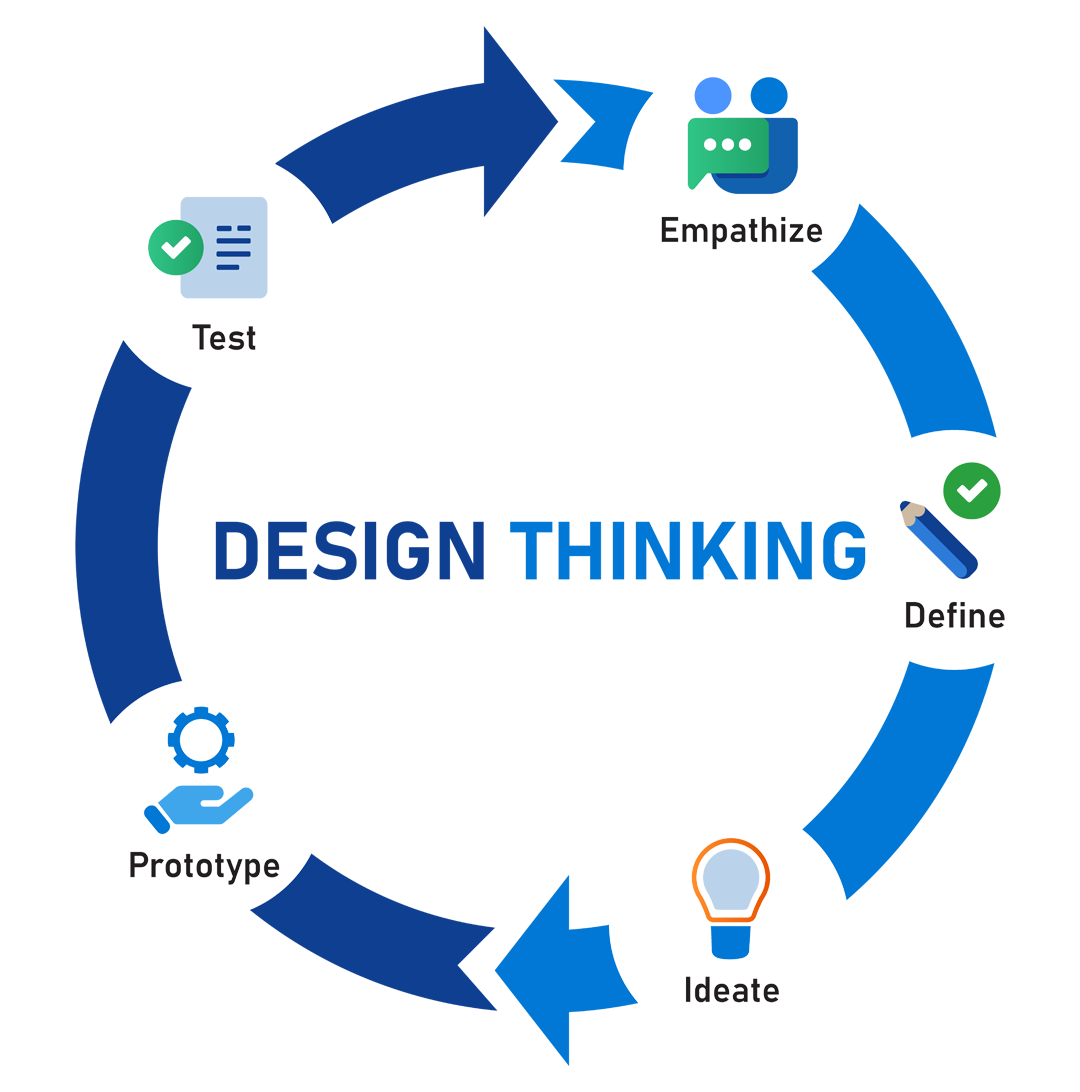What’s All the Hubbub on Design Thinking?
Posted on April 28, 2022
By Latchmie Dookie, Contributor

Design Thinking is often misunderstood as a skill used solely by designers, when in reality it is a concept or process used by many successful enterprises. Companies like Apple, Boeing and Bank of America utilize the fundamentals of Design Thinking to create efficient products that satisfy the needs of their customers and achieve their business goals. So, what exactly is Design Thinking?
Well, Design Thinking is a series of human-centered techniques that focuses on solving problems. It entails 5 nonlinear phases that thrive on research, testing, reporting and out of the box thinking. Design Thinking as a process, provides scope for individuals to analyze the needs of their target community and develop products that satisfy those needs. It empowers businesses to challenge their assumptions and empathize with their community which is perhaps why it is so effective.
To give a better understanding of Design Thinking let’s review the process.
The Phases of Design Thinking
Empathy: Valuing the User Experience
Understanding or even better yet, immersing yourself in the user/ consumer experience gives you firsthand knowledge on the different issues your audience is facing with or without the product. The empathy phase places the consumers at the center of the creation process and forces the creators to not just try to understand their audience but rather place themselves in the situation and question what needs to be done. The creators observe and engage with their audience and use this experience to inform the next phase.
 Define: Identifying the Problem
Define: Identifying the Problem
Here, the creators use their experience in the empathy phase to identify a specific problem or angle to address. It sounds pretty straight forward, but often requires a lot of time and effort. For instance, the team can start the process with a list of problems based on the empathy phase but ultimately, they will need to collaborate and analyze different perspectives and experiences to narrow the list down. Identifying a specific problem is critical since it will be key in the next phase.
Ideate: Brainstorming Solutions
This phase allows the creators to foster their creativity and brainstorm ideas to solve the problem identified in the previous phase. It can be done in groups or individually, but the aim is to stimulate a variety of innovative ideas. What makes this phase more interesting, is the openness for out of the box thinking and ideas that are not always discussed. For instance, to solve the issue of tangling earphones just remove the wires, 50 years ago EarPods would have seemed like a strange idea, but they have proven to be very effective and profitable. Design Thinking allows creators to challenge their assumptions and focus on ideas that target the users’ needs no matter how strange.
Prototyping: Bringing the Ideas to Life
There are no bad ideas, just opportunities to learn. In the prototyping phase the team creates various cost-effective samples or prototypes of the ideas presented. The prototype doesn’t need to be large or too detailed, seeing anything even an outline or model of the product can help solidify its function or effectiveness which will be tested in the final phase.
Testing: Assessing the functionality of your solution
The testing phase is the final phase of the Design Thinking process. Here the product is tested, and the necessary adjustments are made. If the product doesn’t work, it will take you one step closer to what might or perhaps it might even stimulate the idea that will. The advantage of Design Thinking is that it isn’t linear which means there is nothing wrong with starting over or revisiting a previous phase before reaching the end.
So now that we have a general understanding of Design Thinking, how can it impact your business?
Design Thinking and Businesses
Design Thinking presents a humanistic way of thinking and working. It focuses on understanding customer needs and problem-solving. Creative Director at CS Designworks, Nick Chiechi, shares his experience with design thinking, he states “Design Thinking is essential to how CS Designworks approaches every assignment. It’s a mindset, it’s practical and instinctive, and are the building blocks for a successful design.”. He further explains from a business perspective, “Design Thinking is especially important when working with a new client. The first phase, Empathy, works at two levels; the client and the client’s client, which is really where you want to focus.” Design Thinking engages team members to challenge the known and develop innovative ideas through hands-on research, experimentation, and creativity. Over the years, it has guided both large and small businesses to create products and experiences that are authentic to their target groups.
Join Our Blog Community
@CSDesignworks


